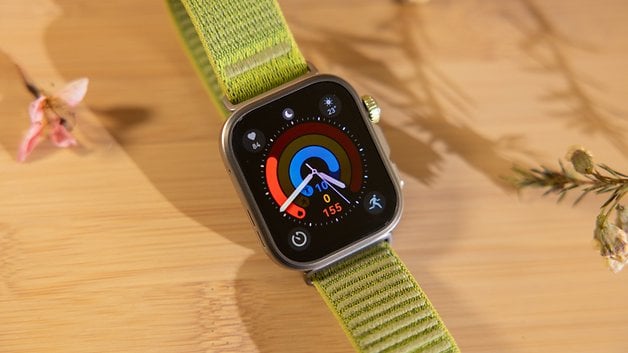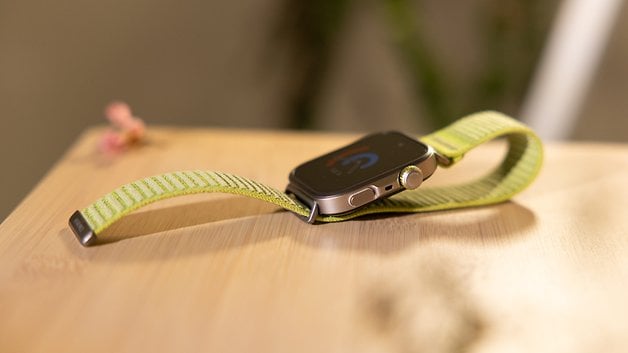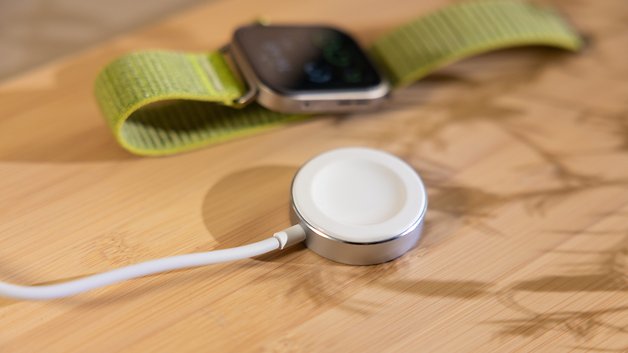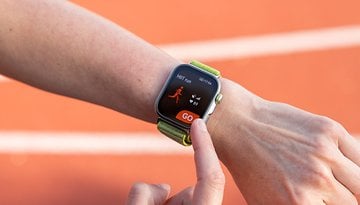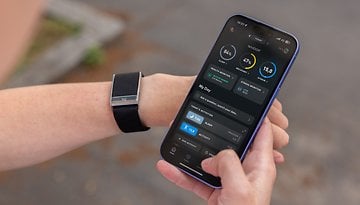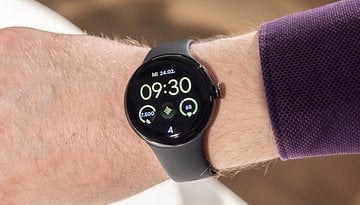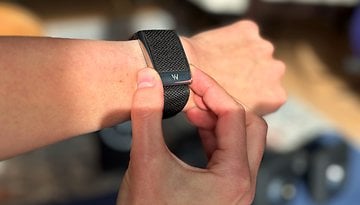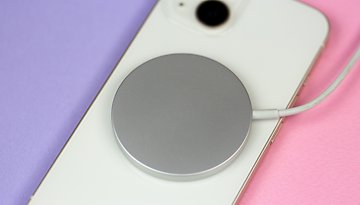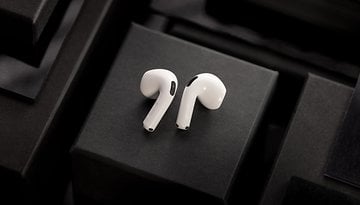Watch Fit 4 Pro Hands-On: Huawei’s Affordable Take on Premium
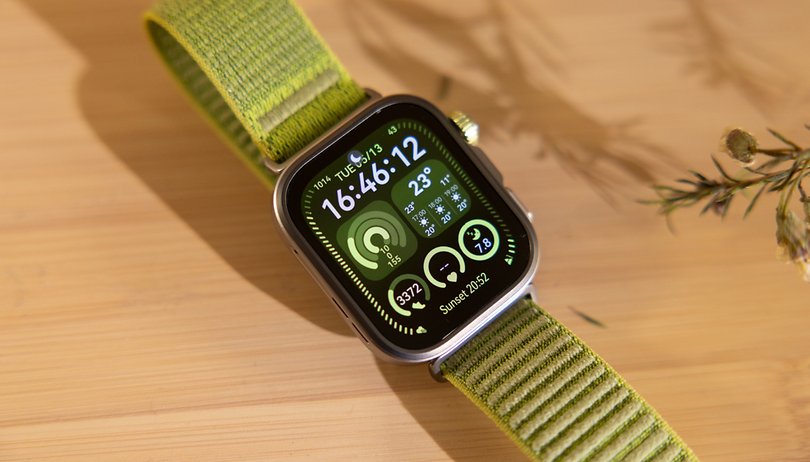

Huawei just gave its Watch Fit series a serious upgrade—with a Pro twist for the very first time. The new Watch Fit 4 Pro is a sleek, lightweight smartwatch packed with advanced health and fitness features. It’s clearly aiming for premium territory, but at a price that’s easier to swallow. I’ve been wearing it for a bit to get a sense of what this Pro model brings to the table. Here’s what stood out.
Where to Buy the Watch Fit 4 Pro
Huawei just dropped the Watch Fit 4 and Watch Fit 4 Pro today, priced at €169 ($183) and €279 ($302), respectively. For what these wearables pack, those are seriously competitive price points. Both models are available now via the Huawei Store and major online retailers.
Note: Huawei doesn’t sell devices directly in the U.S.
Disclaimer: We received the Huawei Watch Fit 4 Pro as part of a campaign with Huawei. However, this partnership has no influence on our opinions or evaluation of the device.
Slim Design, Solid Hardware
Huawei clearly took some inspiration from the Apple Watch Ultra in both design and build quality—but it doesn’t feel like a cheap imitation. In fact, the Fit 4 Pro stands on its own thanks to its sleek profile and comfortable fit.
With a titanium alloy bezel, sapphire glass screen, and an aluminum body, the Watch Fit 4 Pro keeps things impressively light—just 30.4 grams without the strap. That’s especially notable given its sizable 1.82-inch display. Huawei also includes a 5 ATM water resistance rating, with support for freediving up to 40 meters and real-time underwater insights.
The display is bright and colorful, with support for Always-On Display (AoD). Navigation is smooth, whether you're swiping through the touchscreen, using the rotating crown, or pressing the function button. That said, there's no voice input or assistant support here. I couldn’t find any way to use voice commands—neither through the watch itself nor by connecting to my iPhone’s voice assistant.
When it comes to sensors, Huawei is introducing a new platform called the TruSense System. It’s designed to improve the accuracy of vital sign tracking—things like heart rate, SpO2, and ECG. The system also promises faster, more responsive tracking that adapts better to different activities and skin tones. In short, it combines upgraded sensors with AI-driven algorithms and multi-sensor data fusion to deliver more precise, real-time health insights.
I’ve been using the Watch Fit 4 Pro for a couple of days now and had the chance to run one workout session alongside my Wahoo Ticker chest strap. The results from Huawei’s PPG sensor were actually pretty promising:
| Comparison of Heart Rate Across Workouts | |||
|---|---|---|---|
| Workout Type | Wahoo Chest Strap | Huawei Watch Fit 4 Pro | Difference |
| Outdoor Cycling (Avg/Max) | 115 / 144 bpm | 110 / 134 bpm | -5 / -10 bpm |
| Indoor Cycling (Avg/Max) | 142 / 159 bpm | 146 / 158 bpm | +4 / -1 bpm |
| Rowing (Avg/Max) | 133 / 146 bpm | 133 / 142 bpm | 0 / -4 bpm |
| Strength Training (Avg/Max) | 121 / 166 bpm | 118 / 164 bpm | -3 / -2 bpm |
As for GPS, the Watch Fit 4 Pro supports dual-band positioning, using both L1 and L5 frequencies. It locks onto a signal quickly and generally delivers accurate tracking. I noticed minor deviations on curves—nothing major when cycling, but a bit more noticeable during runs.
Honestly, when it comes to build quality and hardware performance, the Watch Fit 4 Pro has exceeded my expectations. Sure, it borrows a lot from the Apple Watch Ultra—both in looks and in its lineup of sensors and features—but it delivers a solid experience at a lower price, which could definitely catch some attention.
One of the best parts? Battery life. According to Huawei, the 400 mAh battery can last up to 7 days with typical use—which is pretty impressive for a smartwatch in this category.
Watch Fit 4 Pro: Features and User Experience
The Watch Fit 4 Pro works with both iPhone and Android through the Huawei Health app. I’ve been using it with an iPhone 16 (review), and honestly, the integration’s been surprisingly smooth—nicely done, Huawei. I get all my notifications, can control music and podcasts directly from the watch, and even take Bluetooth calls without any issues. It also pairs easily with Apple AirPods Pro 2—or pretty much any other Bluetooth headphones.
Huawei also offers a solid mix of wellness and fitness features. That said, it’s hard not to feel like the company is borrowing a few ideas from Apple here and there. The Huawei Health interface is based on the familiar rings system, and the software running on the watch—Huawei’s proprietary OS—leans heavily into that visual language.
When I tracked workouts like running and cycling on the Fit 4 Pro, the similarities stood out even more. Since I use the Apple Watch Series 9 daily, the resemblance in layout and experience felt pretty clear. And to be honest, I don’t think Huawei is trying to distance itself from that comparison.
That said, the Huawei Health app does add some original touches. You still see the rings at the top, but there’s also a “Health Clovers” view, which adds a bit of variety. Overall, the app displays health data in a clean, easy-to-read way. While the watch doesn’t measure blood pressure on its own, the app allows you to log that data manually—great if you have a home BP monitor. I sincerely appreciate that flexibility.
For people who menstruate, there’s a cycle tracking feature that includes period and fertile window predictions, along with the option to log physical symptoms. You can also manually add ovulation test results—but there’s no ovulation prediction, even though the watch tracks wrist temperature.
Speaking of which, I’m not a big fan of how Huawei presents skin temperature data. Why? Because it’s not particularly useful in its current form. Instead of creating a baseline and showing deviations from it, the watch just displays your current skin temperature—which isn’t the same as body temperature. So if you want to track changes over time, you’ll need to calculate and interpret them yourself.
- Also interesting: Huawei Watch GT 5 Review
The Watch Fit 4 Pro also includes an ECG feature, though it doesn’t have any medical certification. It’s a tricky thing to evaluate, but right after taking an ECG on the Fit 4 Pro, I ran the same test with the Whoop with MG sensors, which offers a medically graded ECG. Both returned a sinus rhythm with no signs of Afib—which is the main thing these devices are looking for: irregularities in your heartbeat.
My impression is that while the ECG function works, it lacks educational context. It would be helpful if Huawei offered more guidance or background to help users understand what they're looking at.
Finally, I like how Huawei breaks down workout data—especially for running and cycling. The charts make it easy to visualize your sessions, and the layout is clean. But overall, it’s still pretty basic—similar to what you get on the Apple Watch. In my opinion, brands like OnePlus and Amazfit offer a more detailed breakdown, with richer data and deeper insights.
Sleep tracking, on the other hand, is a bit more advanced—but not without issues. My first impression is that the watch struggles to differentiate between time spent in bed and actual sleep. It also seems to confuse deep sleep with light sleep stages. I’ve been testing it alongside the Oura Ring Gen 4—which is currently one of the most accurate consumer sleep trackers—and the differences in readings are noticeable.
I’m hoping the Watch Fit 4 Pro will improve as it gets more familiar with my sleep routine, but this kind of inaccuracy is something I’ve noticed in other Huawei wearables as well.
Huawei Watch Fit 4 Pro: Key Specs
| Huawei Watch Fit 4 Pro | |
|---|---|
| Display |
|
| Sensors |
|
| Chip |
|
| Operating System |
|
| Memory |
|
| Battery |
|
| Connectivity |
|
| IP Certification |
|
| Materials |
|
| Dimensions and weight |
|
| Colors |
|
| Compatibility |
|
First Impressions: Familiar Look, Solid Feel
I’ve been using the Huawei Watch Fit 4 Pro for about a week now, and that feels like enough time to get a real sense of what it offers. Overall, my first impression is positive. The Watch Fit 4 Pro is lightweight, well-designed, and comfortable to wear. It handles the core smartwatch features well and even offers a few extras that you wouldn’t always expect at this price.
Yes, it borrows heavily from the Apple Watch Ultra series—but that’s not necessarily a bad thing for users. It just means it’s not as original as what we’re seeing from brands like OnePlus or Amazfit.
On the software side, it works well with both iPhone and Android, and you get a solid lineup of health and fitness features. That said, I’d like to see better integration between the different data points, and maybe some kind of smart assistant to help users connect the dots. It’s not just about having the data—it’s about making it useful.
The Watch Fit 4 Pro is available in the EU, China, and a few other regions, but not in the U.S. At €279, it’s a competitive option for people who want a stylish smartwatch that handles everyday tasks, offers decent health tracking, and doesn’t break the bank.

